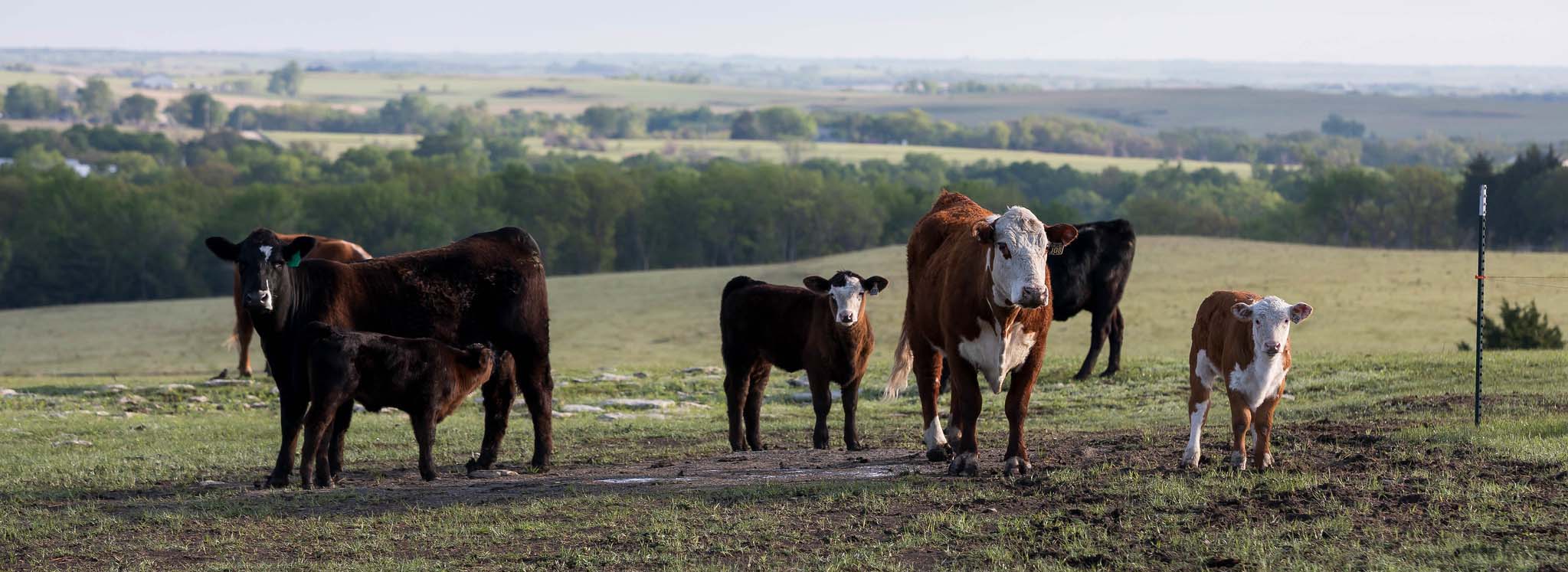Managing a successful business often involves making a series of decisions with the end goal of providing a quality outcome at a profit.
In the beef cattle business, one of those decisions is what to do when a cow doesn’t rebreed and is considered open, said the experts at the Kansas State University Beef Cattle Institute.
“Every cow needs to have a calf every year or it is a loss to the operation, but even with those losses it is possible to recoup some value to the operation,” K-State veterinarian Brian Lubbers said.
Speaking on a recent Cattle Chat podcast, K-State veterinarian Bob Larson said cows that don’t rebreed or that calve late often are sold because they no longer fit into the management program of the operation.
Yet, while they may no longer fit into the management program for one producer, that doesn’t mean they won’t work for a different operation, Larson added.
“I’ve known more risk-tolerant producers who buy open or late-bred cattle and add value to them through the way they manage those cows,” Larson said.
If the cattle aren’t rebreeding because they are too thin, Larson said, improving the diet of the females adds weight economically, for example.
The key to the profitability of this management protocol is that they are buying cattle at a reduced cost, Larson said.
To know if the management strategy is financially feasible the experts agreed that is important to estimate the costs of maintaining an unbred cow until she is sold.
“You need to know what your feed costs will be because typically it costs $2/day in feed expense to support a cow on hay and supplement during the winter,” Larson said.
Along with estimating feed costs, K-State agricultural economist Dustin Pendell said the cattle market prices will fluctuate depending on how many cattle are entering the system at one time.
“When deciding on whether or not to sell, figure out how long you think you’ll want to keep her and what potential value she would bring you versus what it would be if you sold her today,” Pendell said. “Also, it is important for the buyer and seller to communicate about how the open cow was managed so that the purchaser is making an informed decision.”
To hear the full discussion, listen to Cattle Chat on your preferred streaming platform.



